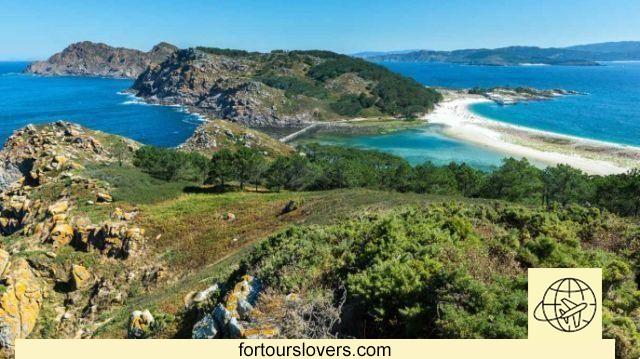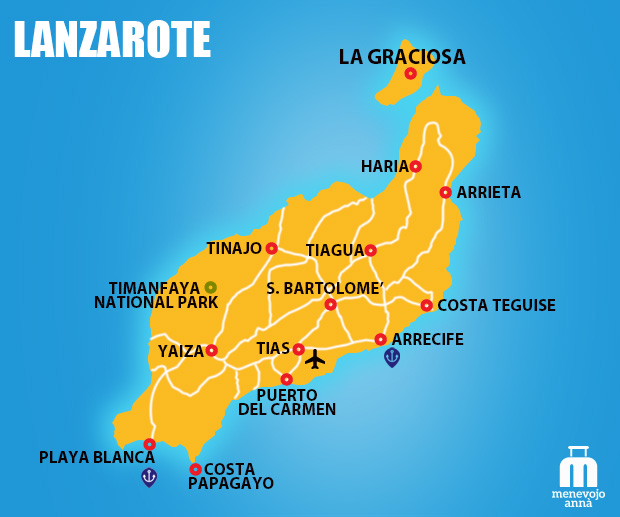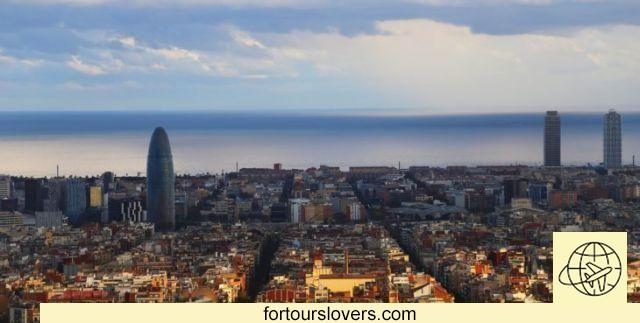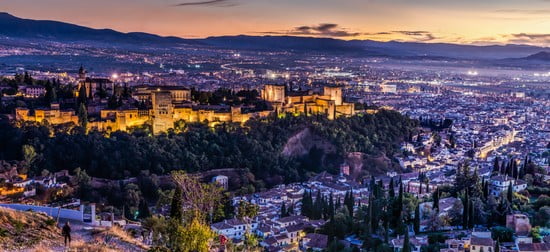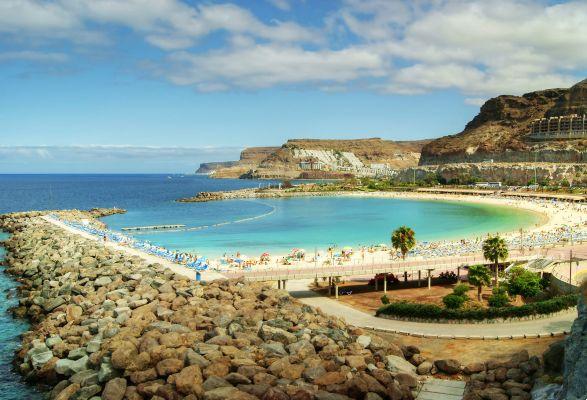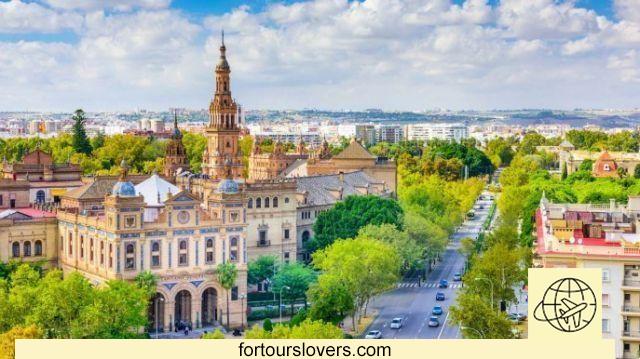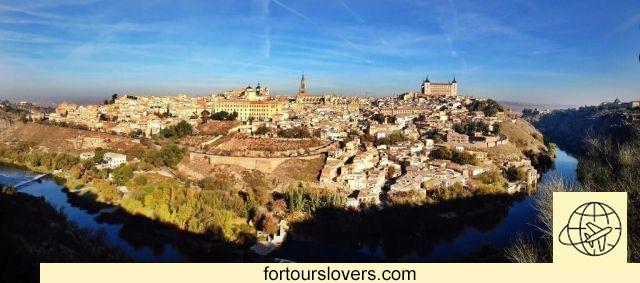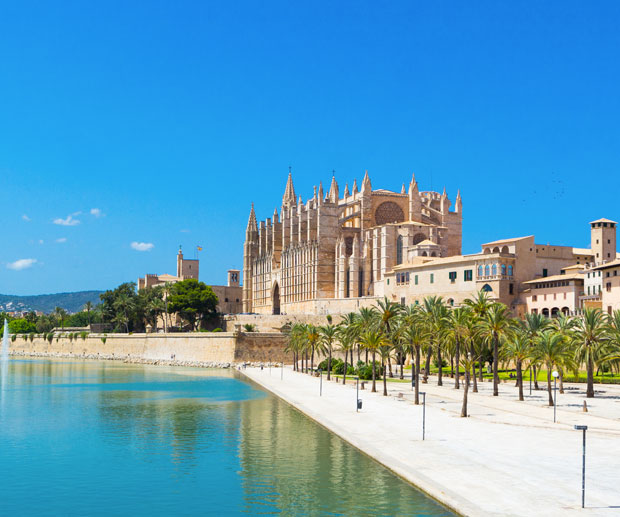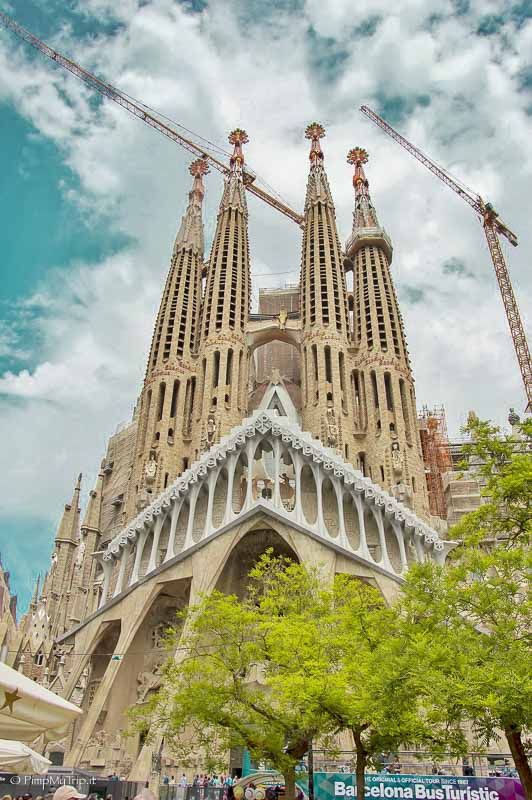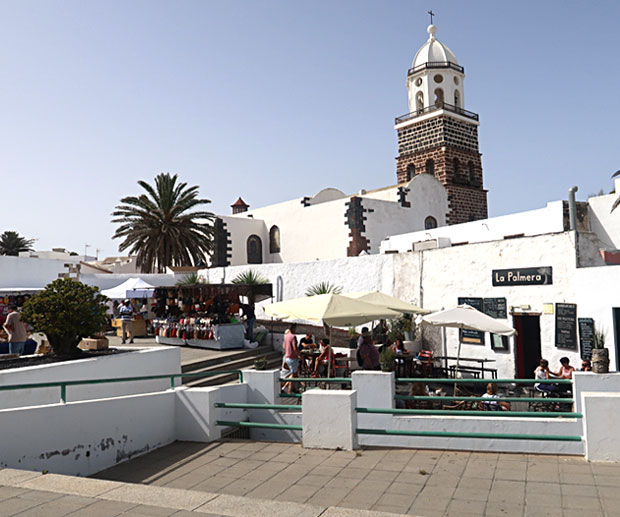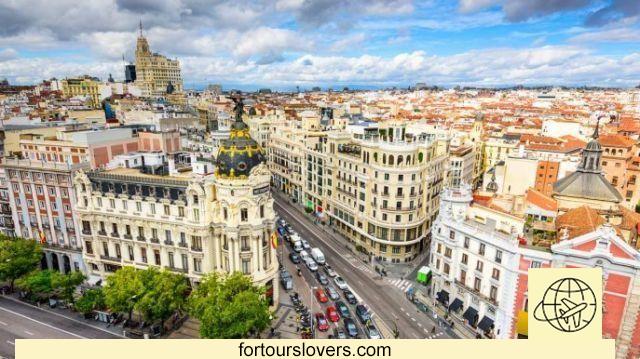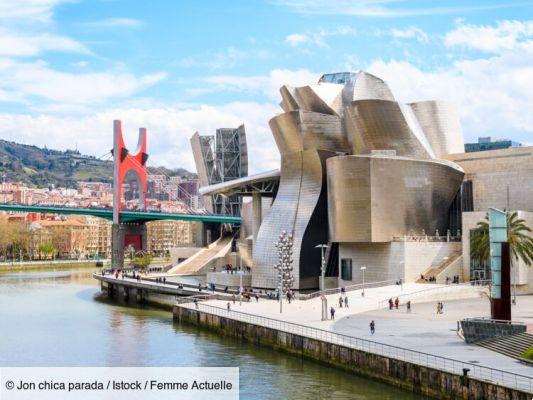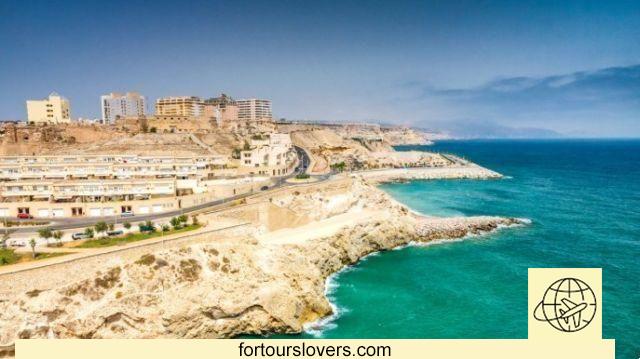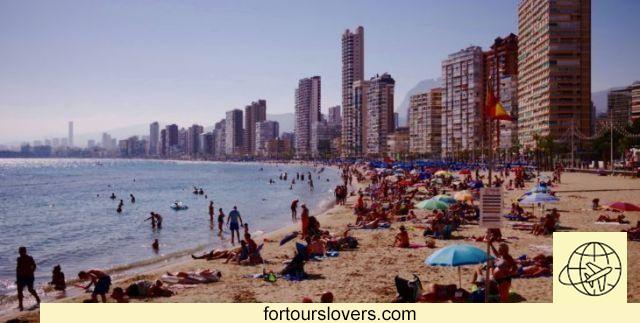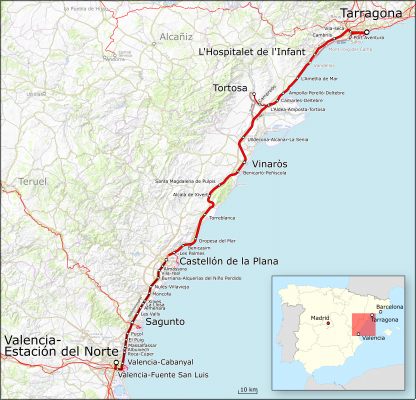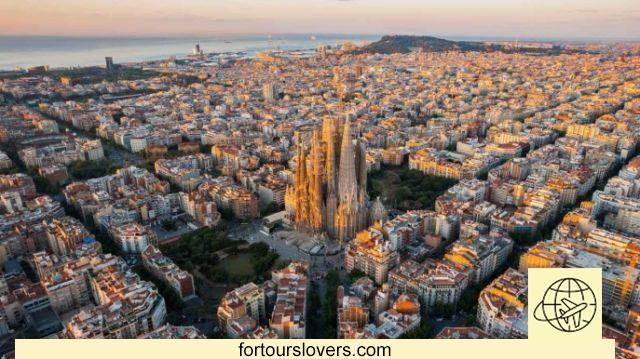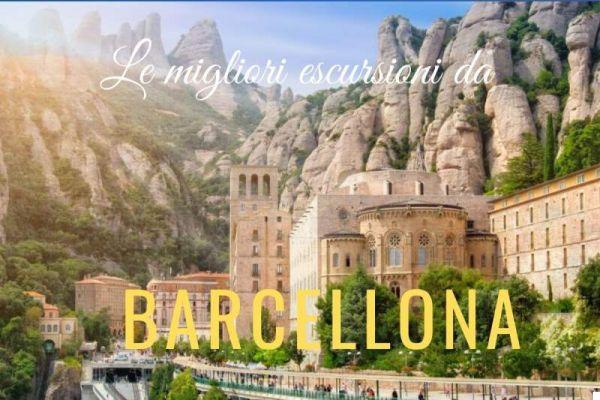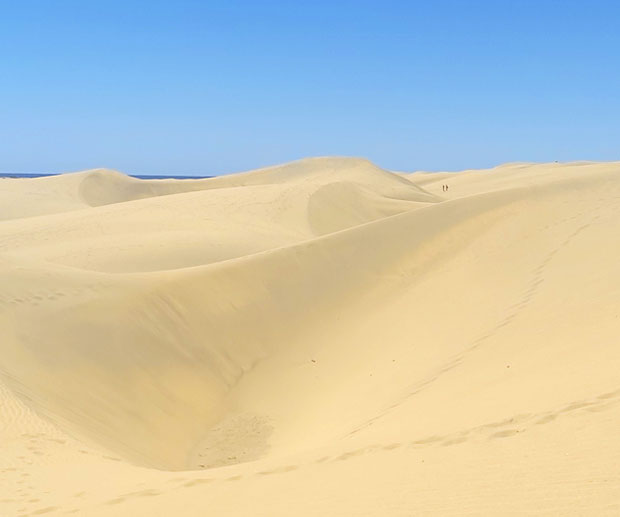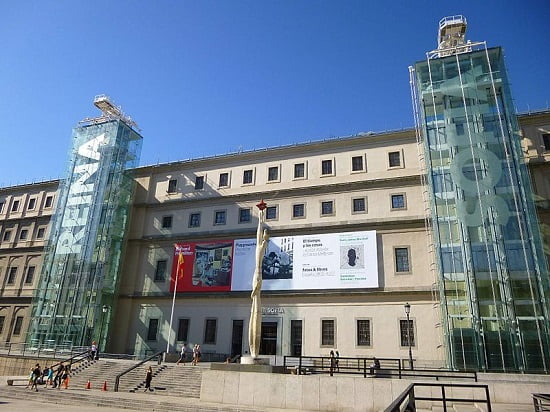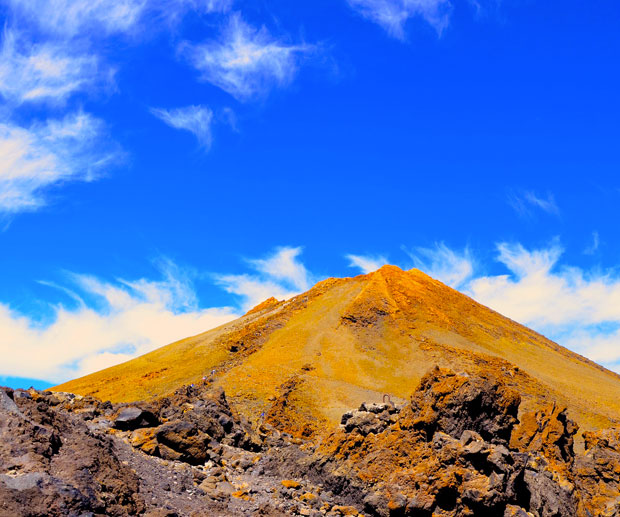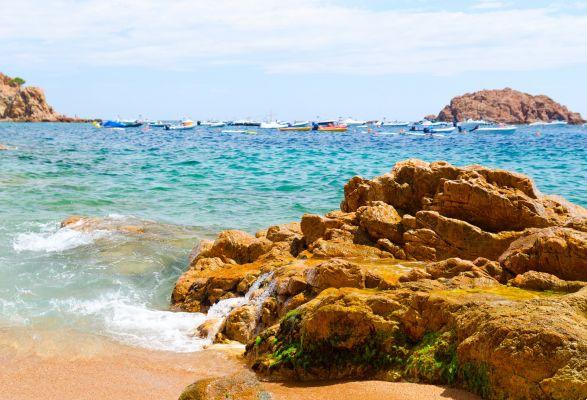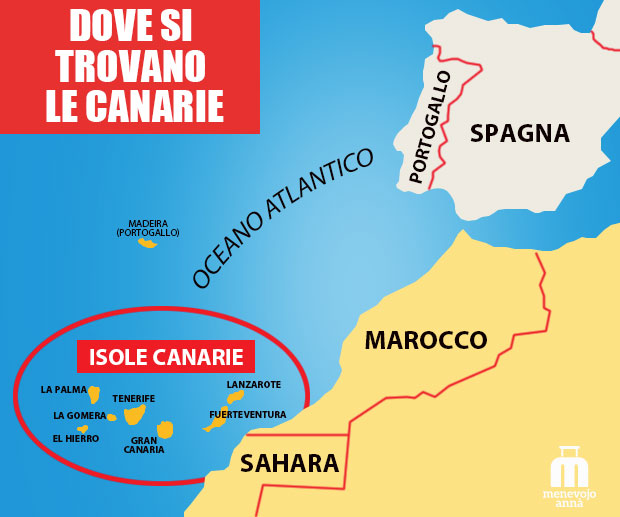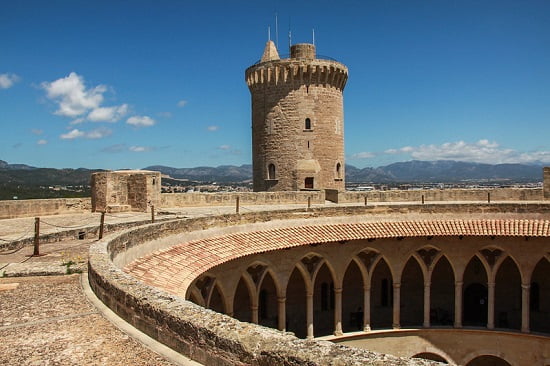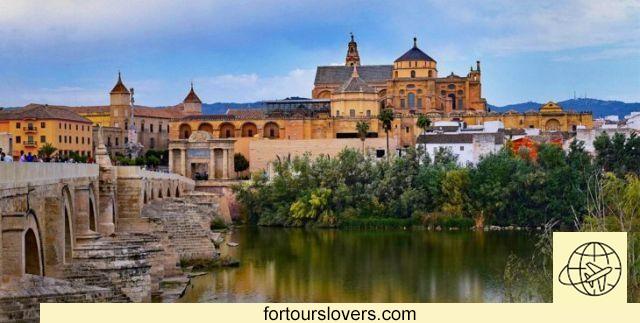
Cordoba
10 things to do and see in Cordoba and 1 not to doIn the year XNUMX, the period of greatest splendor of Cordova (in Spanish Córdoba), the city initially exceeded half a million inhabitants to reach a million at the end of that same century. Numbers at the time even higher than in Paris and Rome, but which however have gradually diminished since the 1236s. To be precise, from XNUMX, when Domenico Munoz dos Hermanas, on behalf of Ferdinand II of Castile, put an end to the long Muslim rule over the city. However, it would be a gross error to make the decline of Córdoba coincide with the end of the Moorish era. Indeed, as we will see later in the article, the splendid noble palaces of the Renaissance period deny this hypothesis. It is not wrong, however, to associate the most recent tourist fortunes - also - with the rediscovery of Arab architectural heritage. Suffice it to think, in this regard, of the Mezquita and Medina Azahara, both significant testimonies of the long Moorish season and so beautiful as to be worth a visit to Cordoba on their own. Below, we see together the main tourist attractions of the city. Happy reading.
1 Juderia
At the beginning, we suggested not cutting the history of Córdoba "with a hatchet" by flattening the story on Muslim domination alone, although this was undeniably central. In fact, we would lose the contribution of the Romans, under whose dominion the city experienced a period of intense growth and, above all, we would lose the contribution of the Jews present in Cordoba since before the Umayyad dynasty entered the city. The historic center, for example, is rich in traces of the centuries-old Jewish stay. There is even one synagogue to remember the circumstance historically. Most importantly, there was one long season in which the three monotheisms - Muslim, Catholic and Jewish - found in Cordoba a way of peaceful coexistence, thriving in business and small commerce. The space of trade was precisely there Juderia, toponym of the historic center, even if, it must be said, in the past it was a much larger area than the present. Returning to the things to see we point out theChurch of St. Bartholomew, an admirable example of Mudejar art; there Calleja de Las Flores, the most famous street in the whole city; is Plaza de Maimónides, where the Bullfighting Museum is located. Finally, remember that the Alcazar de los Reyes Cristianos and the Mezquita, which we will discuss in the next two points, are just a few hundred meters away. To be seen!
2 Alcazar de los Reyes Cristianos
Although smaller than the Alhambra in Granada and the Real Alcazar of Seville, theAlcazar de los Reyes Cristianos of Cordoba has nothing to envy to the other two sites. On the contrary, the smaller dimensions play in favor of the tourist usability of the property and allow the attentive visitor to familiarize himself first and best with the architecture of the place. Architecture that represents almost a perfect compendium of the history of Cordoba, since this building embodies almost all the stylistic and design evolution of the city. In fact, Romans, Visigoths, Arabs and Christians have each left their own mark even if the “Moorish” traces prevail over the others. The reason is to be found in the fact that Alfonso XI wisely wanted the renovation of the building not to obscure its historical past (the fortress was built, in fact, in 1328 on the site of an ancient Arab palace). And so you will find gardens, fountains, crenellated walls and mosaic floors made, for the most part, during the Umayyad domination of the city. The story, however, goes on inexorably changing the intended use and meaning of the places. Thus the Alcazar de los Reyes Cristianos passed from being there home of Ferdinand and Isabella of Castile a Tribunal of the Inquisition and, later, in the XNUMXth century, civil prison. At the beginning of the twentieth century under the building were discovered and brought to light i "Baños Reales", the steam baths very popular at the time of the Caliphate and still a distinctive element of traditional Arab culture. Here too, with foresight, it was decided to enhance this testimony that did not take long to establish itself among the main tourist attractions of the city. For more information on history, places, times and ways of visiting, consult the place: alcazardelosreyescristianos.cordoba.es.
3 Mezquita
At the beginning we mentioned that the Mezquita alone is worth a visit to Cordoba. In reality, the historical, religious, artistic and cultural importance of the building goes beyond the city dimension alone. We speak, in fact, of the most important monument in the entire Islamic West and, by far, one of the most surprising in the world. The inevitable UNESCO protection of 1984, an acknowledgment that has undoubtedly contributed greatly to the tourist fortunes of the monument and the city. The origin of the mosque dates back to the end of the eighth century, a period in which the caliph Abderraman I, to meet the need for prayer that accompanied the increased Arab presence, purchased the entire space on which an early Christian basilica previously stood. The bricks used for the construction of this basilica were largely reused for the construction of the new mosque and, moreover, the same subdivision of the space between large colonnades and double arches is affected by Roman and Visigothic influence. From this point of view, the monumental complex of the Mezquita in Cordoba bears witness, even more than the Alcazar de los Reyes Cristianos, to the stylistic evolution of the city. To see, in addition to the columns and the two-tone arches, there is the Mihrab, a sumptuous niche for Islamic prayer, and the Cathedral built in the XNUMXth century at the behest of the then bishop Alonso Manrique. As the mosque respected the previous stylistic canons, the Christian cathedral also partly respected the Arab architecture, with the addition of Renaissance elements. For more information on the history, extensions and modifications of the structure, consult the Official site: mezquita-catedraldecordoba.es.
4 Archaeological Museum
Cordova, we have seen, is a city where the "weight of history" is felt. In other words, the past greatly influences the present, especially from a tourist-cultural point of view. Therefore the visit of Provincial Arquelogical Museum is a fundamental stage for those who are really interested in learning more aboutevolution of the city from prehistoric times to the late Middle Ages. The museum is located in Plaza Jerónimo Páez, inside one of the most beautiful Renaissance buildings in Cordoba (Palacio Páez de Castillejos). In reality this has been the seat of the museum since 1959, since from the mid-800th century to the 20s the Roman, Visigoth, Iberian and Arab archaeological finds shared the same spaces with the works of the Museum of Fine Arts (see next point). Returning to the Archaeological Museum, it must be added that over time its fame has grown a lot to establish itself as one of the most important in Spain of its kind. For more information on the works on display, timetables, prices and how to visit, consult the place: www.museosdeandalucia.es.
5 Museum of Fine Arts
In Plaza del Potro, about 400 meters from the Archaeological Museum we have just talked about, there is Il Fine Arts Museum of Cordoba with an important collection of paintings and sculptures from the 1862th to the XNUMXth century. Unlike the other, the Museum of Fine Arts has occupied the same location since XNUMX, obviously without prejudice to the inevitable restorations and extensions of the case. The duration of the visit is estimated from 40 to 60 minutes, enough time to admire the works of some of the greatest Spanish artists, as well as have one complete overview of the evolution of Cordovan art through the centuries (Middle Ages, Renaissance, Mannerism, Baroque, Realism, etc.). For more information see the place: www.museosdeandalucia.es.
6 Palazzo de Viana
Palacio de Viana is one of the unmissable stops on a trip to Cordoba. Strolling through the courtyards of this splendid XNUMXth century noble residence helps to understand the cultural importance of the Córdoba Courtyards Festival which takes place every year in May and which we will discuss more fully in the rest of the article. Majolica floors, floral compositions, fountains and gardens testify the evolution of an ancient tradition - that of Cordobese patio - handed down from the Romans, to the Arabs, up to the present day. The rooms inside the palace also exude history, with the unique ability to mix noble elements with others that are more genuinely popular. In short, as it is fashionable to say today, "high" and "low", with a view that ranges between porcelain, tapestries, paintings and a splendid Mudejar coffered ceiling. Not to be missed, in the summer months, the "Noches de Viana", frequent cultural evenings including readings, concerts and theatrical performances. For more information see the place: www.palaciodeviana.com.
7 Museum of the Three Cultures
The Museo de las Tres Culturas (Muslim, Christian and Jewish) is an unmissable stop on a trip to Cordoba. It is both because it offers the possibility of deepening the beauty and complexity of al-Andalus, also through a focus on the most important personalities of the time (Averroè, Ibn Arabi, Maimonides, Alfonso X Il Saggio etc.); and because it offers a magnificent view of the Guadalquivir river, the Mezquita and the Roman Bridge, which we will discuss more fully in the next point. The most intriguing aspect is that the museum is located inside the Torre de la Calahorra, built in the thirteenth century to protect the bridge we have just mentioned. Obviously, over the centuries, the tower has undergone several reconstructions, however it remains the charm of a "historical museum" inside a "historical building" in a game of cross-references between "inside" and "outside" that attracts thousands of visitors every year, rightly attracted by the opportunity to visit a building that brings you closer to the history of which it is an integral part. For more information on the "Museo Vivo de al-Andalus" consult the place: www.torrecalahorra.es.
8 Roman Bridge
Previously we said that the added value of the Calahorra Tower consists in telling (through the Museum of the Three Cultures) the Andalusian history of which it is part. Well, the speech should also be extended to Roman bridge, even more so if we consider the time when it was built. We are speaking, in fact, of the first century BC. C. and, as if that were not enough, for the next two millennia it represented the only way into the city. Net of restorations and reconstructions (the last between 2006 and 2008) this is an incredible historical record that explains the architectural importance of this structure as well, together with the rest of the historic center, under UNESCO protection. At the center of the bridge - which, remember, is 240 meters long and rests on 16 arches -, there is one statue of the Archangel Raphael, patron saint of Cordoba, made in the XNUMXth century by the sculptor Bernabé Gomez del Rio. Just beyond the bridge, however, there is the little one reserve of Sotos de la Albolafia, a naturalistic gem of just over two hectares where various species of birds nest. To be seen!
9 Medina Azahara
You cannot really say that you have actually been to Cordoba without visiting Madinat al-Zahra, about 10 kilometers west of the city. As we said at the beginning, the visit of this archaeological site, in combination with the Mezquita, alone is worth the trip. We are speaking, in fact, of one 112-hectare Islamic city built in the 936th century (940 or XNUMX) by order of the Umayyad caliph Abderraman III (Abd al-Rahman III). The construction of this palace, which could accommodate up to 12.000 people inside the walls, was an integral part of Abderraman III's political, economic and ideological program, who in this way intended to compete with the caliphates of Cairo and Baghdad. The area of the palace, in the upper part of the city, housed the houses of the court dignitaries and the administrative bodies of the state, which had been forced to move from Cordoba. So it was that for about 70 years Medina Azahara became the capital of al-Andalus, only to fall into ruin at the end of the civil war that between 1010 and 1013 flared up within the Umayyad caliphate, decreeing its end. From the capital that was Medina Azhara it became a quarry for other constructions and only in 1911, therefore many centuries later, did the revaluation of the site begin through a patient and meticulous archaeological recovery work. Hence the recognition of National Historic Monument first, and the most important one of UNESCO World Heritage Site then. For more information on the history, urban planning and architecture of Madinat al-Zahra, as well as on how to visit the archaeological area, consult the place: www.museosdeandalucia.es.
10 Festival of the Courtyards of Cordoba
Every year, for two weeks in May, in Cordoba the Festival of the Courtyards, a custom dating back to the 30s of the last century and interrupted only during the Spanish Civil War. The idea behind the anniversary is as simple as it is brilliant: embellish the courtyards of the houses in the center with flowers, fruit trees, fountains, tiles and other decorative elements, and open them to residents and tourists. The festival is divided into two sections: ancient and modern architecture. In this way, both the traditional stylistic elements of the urban fabric and the innovations introduced by modernity are enhanced. Most of all, however, the Córdoba Courtyard Festival exalts the community ties: family, neighborhood and those between residents and tourists with the latter invited to participate in traditional songs and share food and drinks. It is precisely the exaltation of these feelings of harmony and conviviality that suggested to theUnesco the inclusion of the festival of the Cordobese patios among the Intangible Heritage of Humanity. So, take note: the first weeks of May are probably the best time to visit Cordoba. To do!
1 Beware of pickpockets
Cordoba is a safe city with a low crime rate. Therefore the only thing to watch out for are pickpockets, especially in the areas with the greatest tourist influx such as near the Alcazar and the Mezquita. In this case, the same precautions we have highlighted for Granada and Seville apply: avoid running around with a lot of cash; leave the bag unattended at the bar tables; keep the wallet in the back pocket of your trousers; wearing watches, chains, bracelets of great value, etc.. For the rest, do not worry and have a good holiday!




